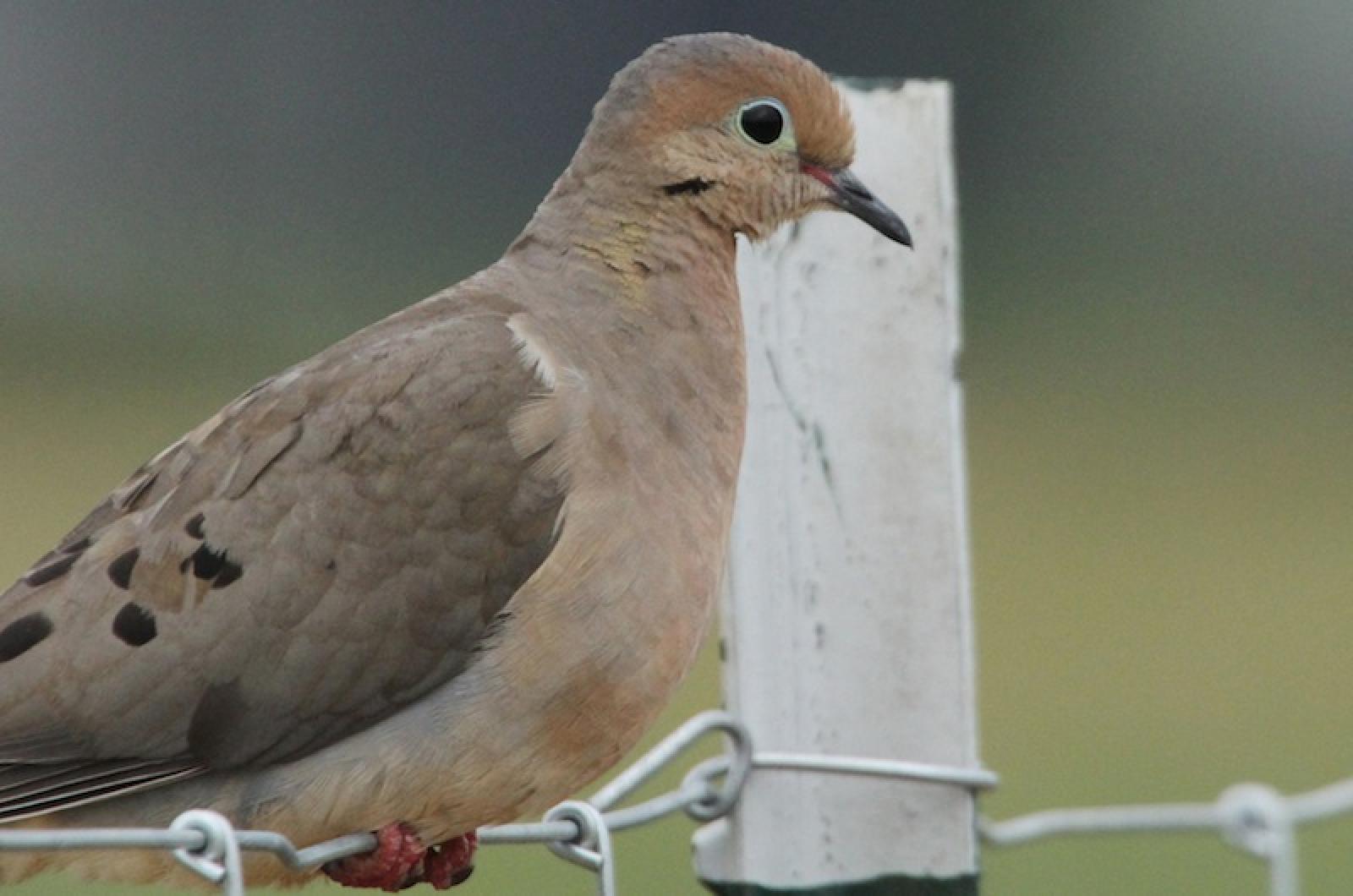Morgan Caruso is going to milk this one for all its worth. This eight-year-old West Tisbury resident knew that mammals are not the only animals that can produce milk. She recently shared with Felix Neck staff the information that birds could also produce milk. Some staff were quite surprised and even doubtful of her assertion, since we have always been taught that only mammals produce milk.
While the idea that birds can produce milk sounds a bit crazy, Morgan knew it wasn’t so farfetched. And she is correct, since there are a few bird species that are giving those milk-making mammals a run for their money.
Emperor penguins, flamingos and members of the scientific family Columbidae (pigeons and doves) produce milk. Only the male emperor penguin, which incubates a single egg that the female lays, can produce milk. Since these birds live in Antarctica and flamingos are found south of here, only a few local birds can claim milk-making skills.
Around here, the mourning dove and pigeon would be the birds that might be sporting a milk mustache. Avian milk is called bird milk or crop milk. The crop is a food storage organ located below a bird’s esophagus and above its stomach. Crop milk provides exceptional nourishment for chicks and is almost required for their survival.
In one study, pigeon chicks that were not fed this milk showed poor growth and some of the chicks perished. Another study found that feeding crop milk to chickens increased their growth rate up to 38 per cent. This stuff is that good — having more protein and fat than either human or cow milk!
This shouldn’t be surprising, since crop milk is known to be chock full of good ingredients. It contains protein, fat, carbohydrates and minerals, and antibodies that help build a chick’s immune system and protect it from disease.
Both male and female pigeons lactate, stimulated by a surge in the hormone prolactin. A few days before their eggs hatch, a curd-like milky substance develops from proteins in their crop. Once the chicks hatch the young birds can actually feed themselves, putting their beak down their parent’s throat to get the milk. The adults can also regurgitate their milk to feed their less aggressive young. An adult pigeon’s milk will only be produced and offered for around 10 days, after which the chicks will be weaned onto other foodstuffs.
The ability to produce milk puts these birds in a whole new class, even if that class isn’t Mammalia. And those who doubted Morgan’s bird knowledge had to eat, or perhaps drink, their words.
Suzan Bellincampi is director of the Felix Neck Wildlife Sanctuary in Edgartown, and author of Martha’s Vineyard: A Field Guide to Island Nature.







Comments (3)
Comments
Comment policy »